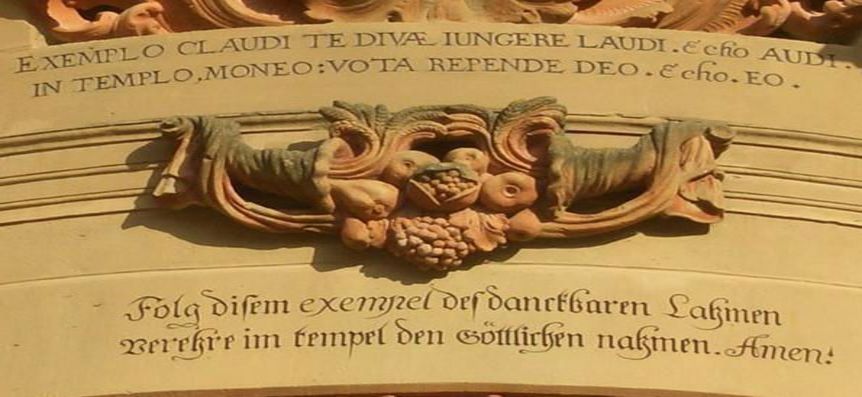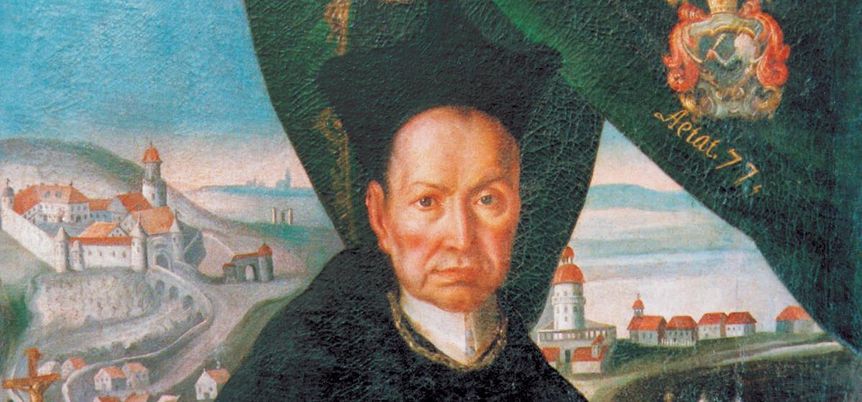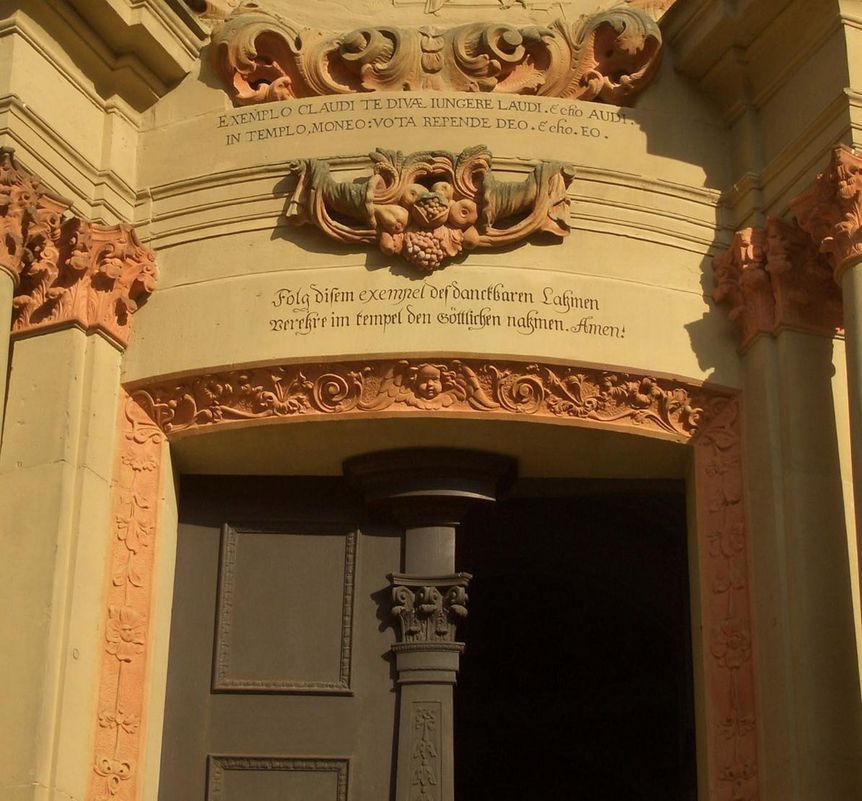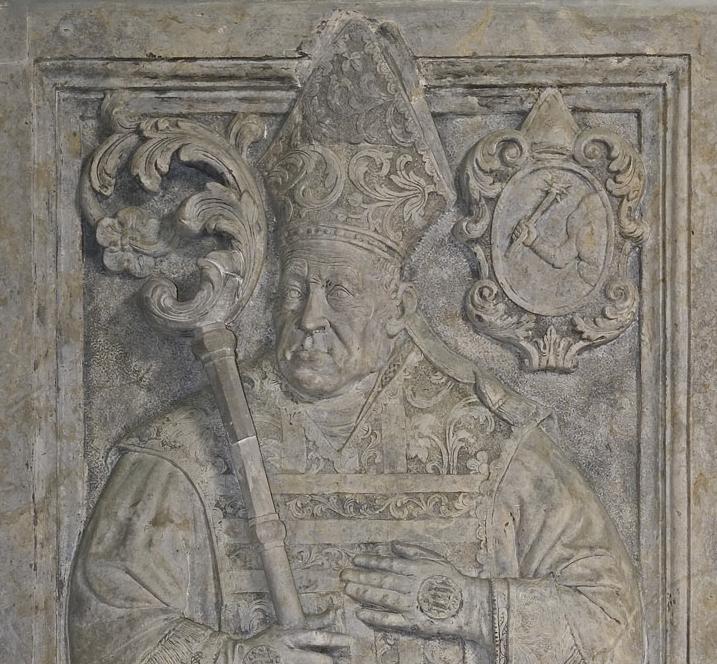A master of architecture and poetryThe “Knittel verses”
Abbot Benedikt Knittel (1650–1732) is not only responsible for building the Baroque Schöntal Monastery, he was also an industrious poet. Whether on portals, on the exterior facade, or on the staircase, his verses can be found almost everywhere in the monastery.






